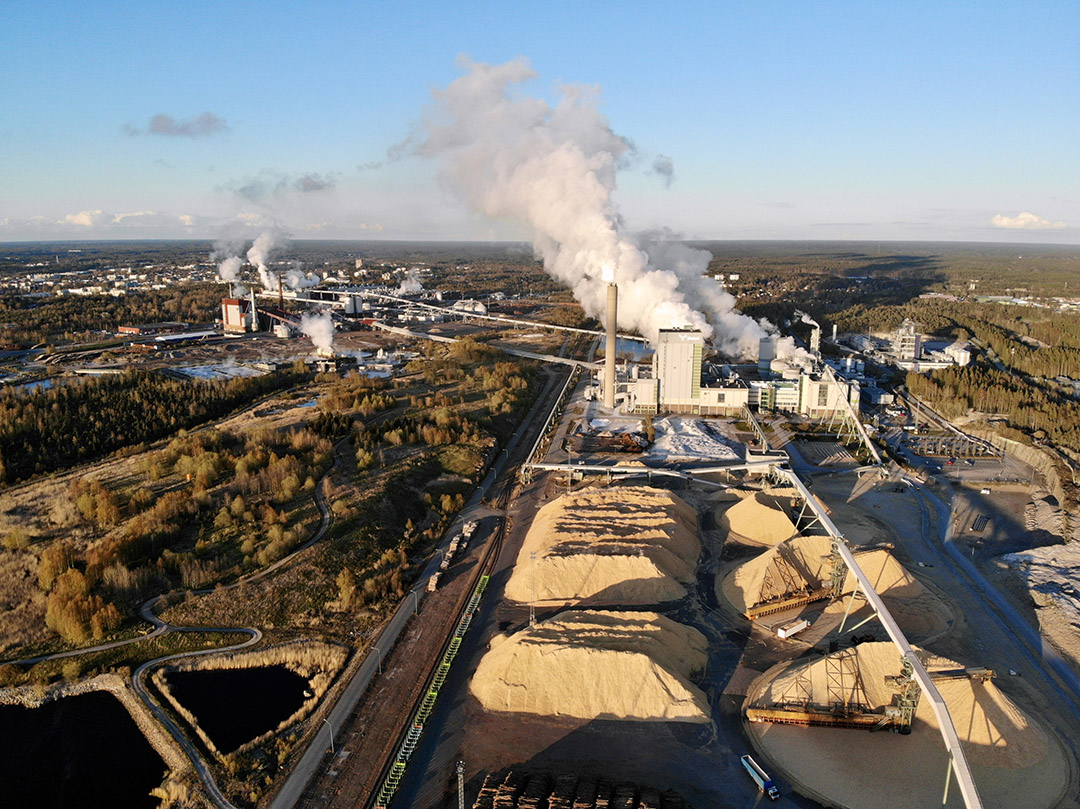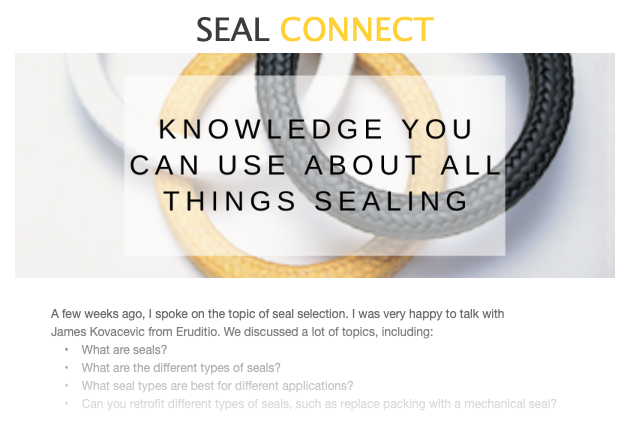Achieving Bottom Line Savings, Reliability and Water Reduction in the Pulp and Paper Industry
 Improving reliability, bolstering the bottom line, and implementing water reduction strategies in the pulp and paper industry constitute a multifaceted challenge that demands a comprehensive and rigorous approach. To strengthen reliability in the pulp and paper industry, it is imperative to institute a robust asset management and preventative maintenance system. This approach ensures optimal equipment operation, minimizing costly downtimes and getting and maximizing your process. Implementing predictive maintenance technologies, such as vibration analysis and thermal imaging, serves as a proactive measure to identify impending issues, avert equipment breakdowns, and optimize overall asset performance.
Improving reliability, bolstering the bottom line, and implementing water reduction strategies in the pulp and paper industry constitute a multifaceted challenge that demands a comprehensive and rigorous approach. To strengthen reliability in the pulp and paper industry, it is imperative to institute a robust asset management and preventative maintenance system. This approach ensures optimal equipment operation, minimizing costly downtimes and getting and maximizing your process. Implementing predictive maintenance technologies, such as vibration analysis and thermal imaging, serves as a proactive measure to identify impending issues, avert equipment breakdowns, and optimize overall asset performance.
In today’s world, energy efficiency is a pivotal area that warrants meticulous attention. Accurate energy audits are instrumental in identifying and mitigating energy wastage and inefficiencies ingrained with intricate processes and systems. Strategically investing in energy-efficient technologies and equipment, such as high-efficiency motors and advanced lighting systems, using efficient low-friction sealing devices offers a compelling avenue for substantial energy savings. Moreover, the exploration of co-generation, whereby electricity and steam are produced from waste materials, augments energy efficiency and delivers significant cost reductions.
In water management, the imperative is to implement a comprehensive approach encompassing closed-loop water systems and innovative recycling processes. This approach leads to a significant reduction in water consumption and corresponding diminishment of environmental impact. By leveraging state-of-the-art water recycling and treatment technologies, process water can be judiciously reused, alleviating the strain on natural water resources. Vigilant monitoring and optimization of water usage are indispensable strategies for curtailing wastage and its corresponding costs.
Supply chain optimization is another vital dimension to enhancing the industry’s financial bottom line. This involves streamlining the supply chain, reducing transportation costs, and reliable inventory management. Exploring alternative, sustainable raw materials is a strategic avenue worth considering to boost cost efficiency further.
Process optimization represents a commitment to reducing waste and augmenting pulp and paper production efficiency. This involves consistent analysis, production process improvement, and integration of process automation and control systems. By doing so, manufacturers can preserve product quality and consistency while curbing the consumption of vital resources.
The core of employee engagement and training must be considered in achieving sustainability objectives. Inspiring the team with a profound understanding of best practices concerning energy and water conservation develops a culture of sustainability that spreads throughout the organization.
Along with these efforts, a robust compliance strategy with environmental regulations is fundamental. Ensuring adherence to current environmental standards and proactively implementing measures to meet these regulations is indispensable to anticipating legal and operational risks.
Investment in research and development emerges as a critical investment avenue. This commitment is pivotal for identifying and embracing new technologies that enhance efficiency and lower resource consumption.
Robust data analytics and monitoring systems offer real-time energy, water, and production performance insights. By utilizing these insights, manufacturers can identify areas for progress and maintain a commitment to optimization.
Environmental certifications such as ISO 14001 and FSC are emblematic of dedication to sustainability and diligent resource management. These certifications also elevate the industry’s reputation, attracting insightful, environmentally-conscious customers.
In the context of the supply chain, engaging with suppliers to procure raw materials responsibly and sustainably is very important. This engagement is instrumental in minimizing the environmental footprint of the supply chain.
Effective public relations and marketing efforts ultimately serve as conduits for showcasing the industry’s unwavering commitment to sustainability. This visibility amplifies the industry’s reputation and appeals to an audience of environmentally-conscious consumers.
Through adopting multifaceted strategies and an unrelenting pursuit of opportunities for improvement, the pulp and paper industry is poised to enhance its reliability, fortify the bottom line, and significantly reduce its environmental impact, thereby contributing to a sustainable and prosperous future.
Looking for a Sealing Solutions Provider?
SEPCO has sealing solutions for many applications, even those with the strictest standards and the most challenging environments. We have decades of experience in providing solutions across multiple industries. We can help.
 SEAL CONNECT
SEAL CONNECT Find Your Sealing Solution
Find Your Sealing Solution